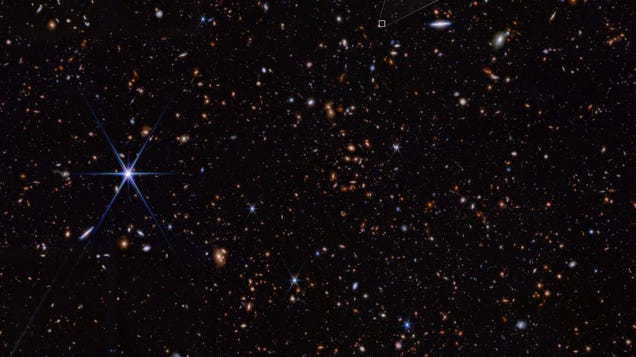
Researchers recently observed a record-breaking galaxy beaming with young stars, which existed only 290 million years after the universe came into existence, challenging our view of the Cosmic Dawn with its unexpected luminosity.

Researchers recently observed a record-breaking galaxy beaming with young stars, which existed only 290 million years after the universe came into existence, challenging our view of the Cosmic Dawn with its unexpected luminosity.
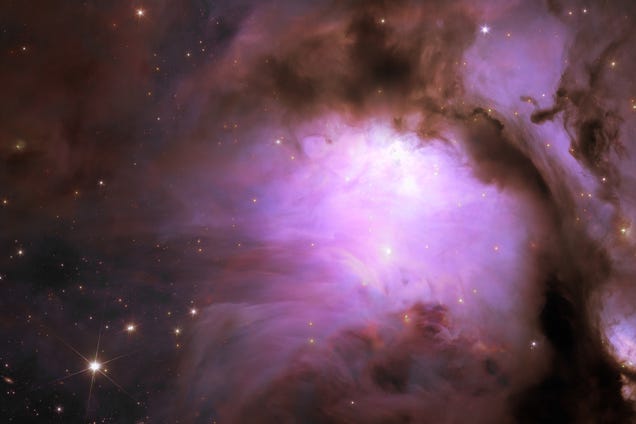
In July 2023, scientists launched the Euclid Space Telescope into orbit with a straightforward, albeit massive, task: to map the dark universe, revealing the dark matter and dark energy that we cannot directly observe but makes up the bulk of everything.
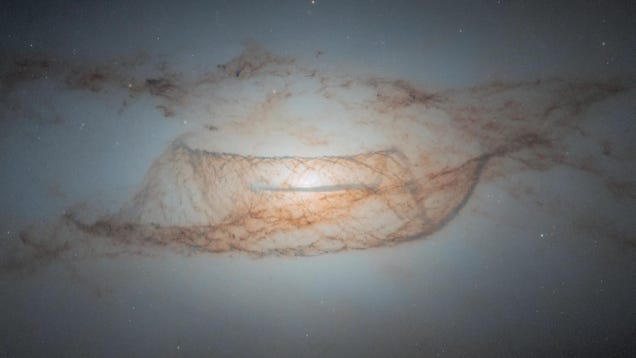
It looks a bit like a boat, or a stout fedora. So what the hell is this rusty brown gossamer of a space cloud?
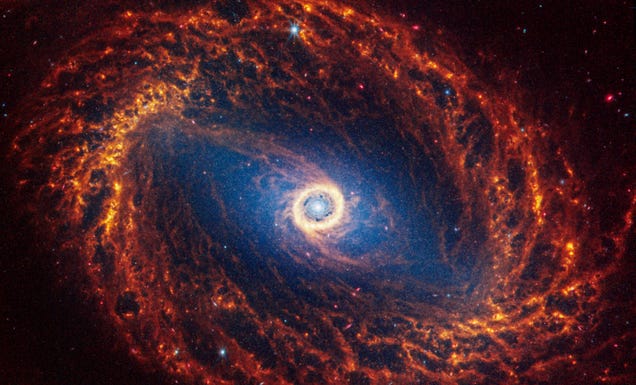
Shall I compare thee to the Webb Space Telescope’s latest image drop? Well, for starters, thou art less ancient and far less spectacular. The new collection of 19 images reveal face-on spiral galaxies, meaning they are oriented toward Webb’s perceptive gaze. The shots were taken as part of the Physics at High Angular…
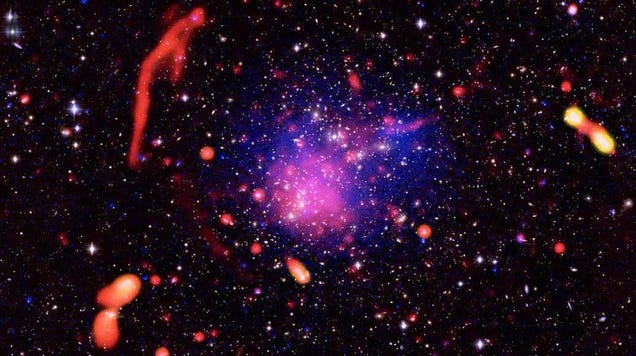
A recent deep field image from the Webb Space Telescope, showcasing a region of space known as Pandora’s Cluster, or Abell 2744, features two galaxies. These galaxies are remarkable for their distance from Earth, being the second and fourth most distant galaxies ever observed, according to a team of researchers that…
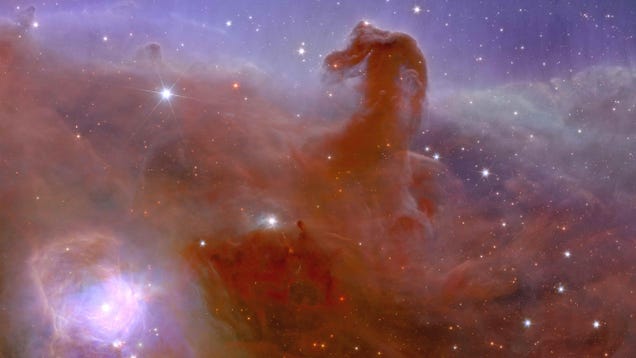
Earlier this morning, ESA released the Euclid space telescope’s first scientific images, offering a glimpse into its mission to explore the “dark universe”—the mysterious 95% of the cosmos made up of dark matter and dark energy.
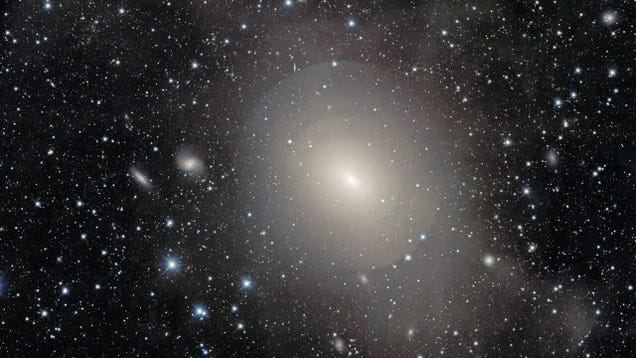
Behold a galactic onion: the shell galaxy NGC 3923, spotted by the Cerro Tololo Inter-American Observatory’s Dark Energy Camera (DECam) at a distance of about 70 million light-years from Earth.
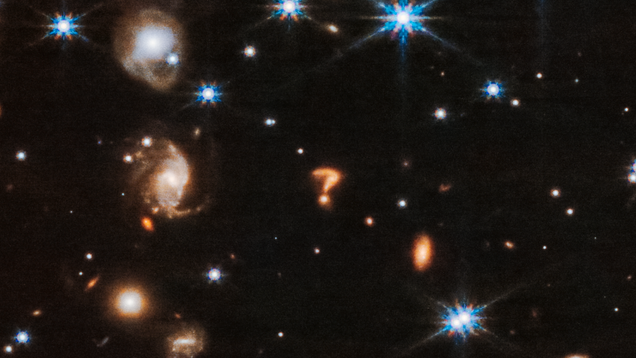
The James Webb Space Telescope captured the eerie punctuation mark, found buried within an image of Herbig-Haro 46/47—a tightly bound pair of actively forming stars located 1,470 light years from Earth.